Figures & data
FIGURE 1 Primary (in the middle) and assisting vaginal surgeons (sides) performing a vaginal surgery.
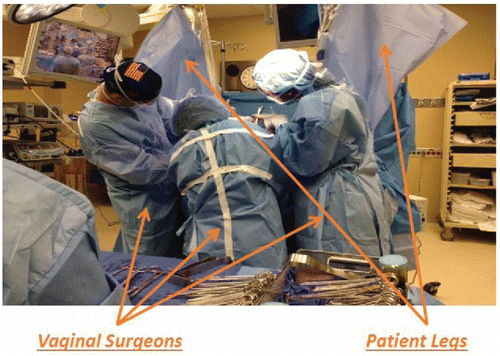
TABLE 1 Body posture categories used in ErgoPART.
TABLE 2 Tasks assigned to each pair of observers.
FIGURE 2 Schematic illustrating the calculation of % time identical and % absolute duration difference.
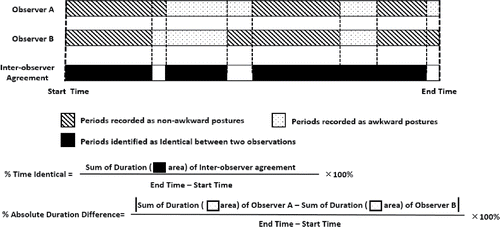
FIGURE 3 Data collection interface for the beta version of ErgoPART. Included are fields for subject number, data collection date and time, and the characterization of seven types of body postures.
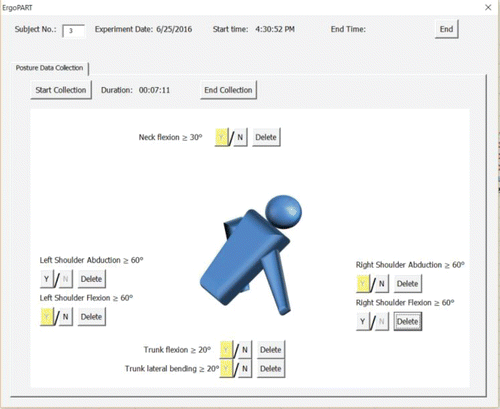
FIGURE 4 ErgoPART's data collection interface contains fields that record: (a) basic information; (b) task information; (c) surgeon's positioning; (d) OR setting features; and (e) posture tracking.

FIGURE 5 The different combinations of posture codes that are illustrated in ErgoPART's Posture Tracking Field.
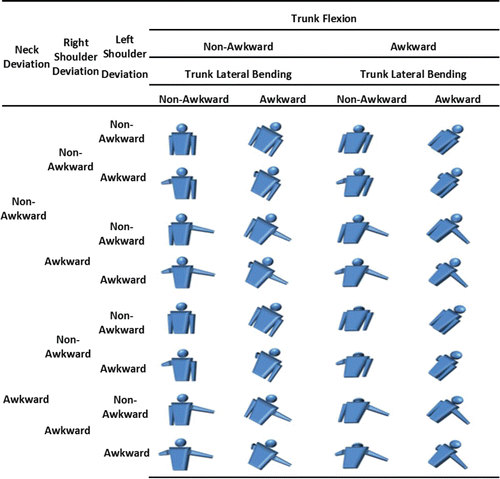
FIGURE 6 Example ErgoPART output listing the surgical tasks observed during the surgery in order of occurrence.
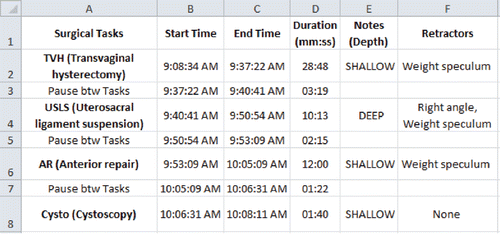
FIGURE 7 Example ErgoPART output summarizing the frequency and rate of non-neutral postures (number per minute) by body area for one surgeon during one surgery. The low rate of posture change with time is expected, given that surgical tasks often require surgeons to hold static neck, shoulder, and trunk postures for long time periods.

FIGURE 8 Example ErgoPART output listing the observed non-neutral neck postures in order of occurrence during one surgical task. In this 307 seconds of sample output, non-neutral neck postures were observed six times for a total duration of 152 seconds for the task of TVH. A step stool and sitting stool was not used, and the positions of the bed, patient, and surgeon remained fixed.
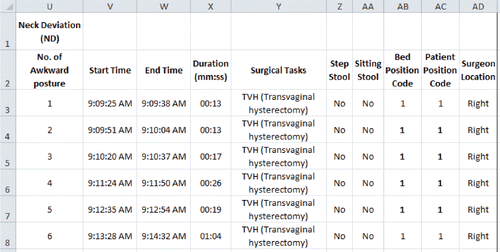
TABLE 3 Assessment of inter-observer agreement for each posture.
